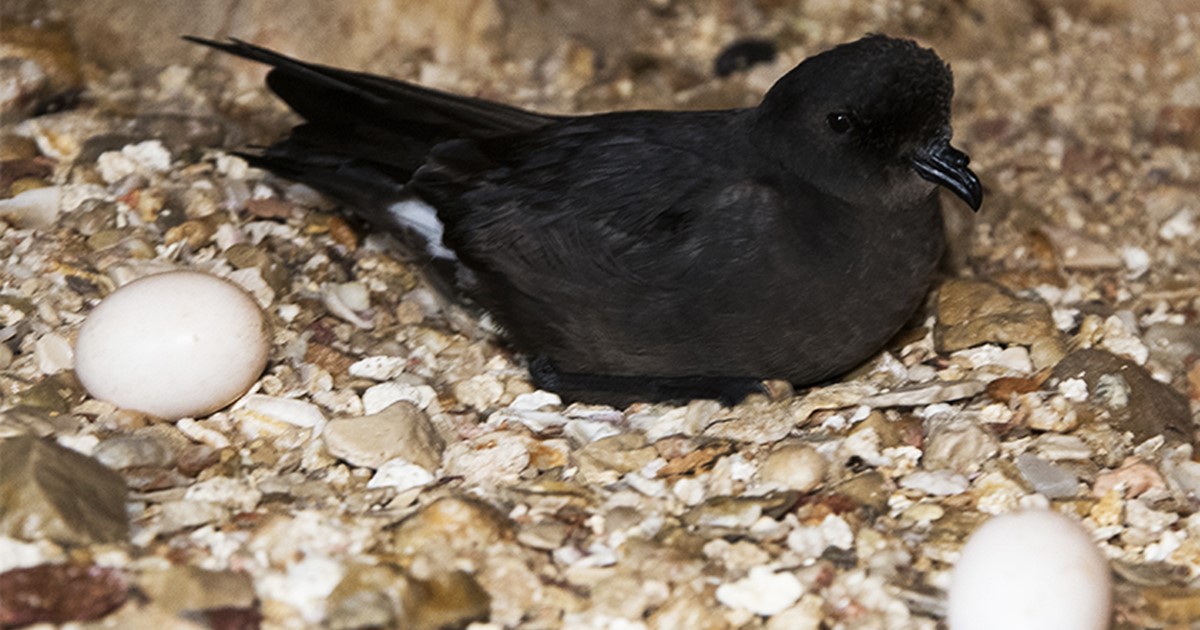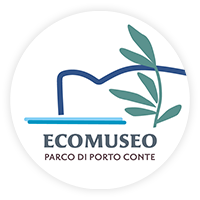Birds equipped with GPS take flight from Capo Caccia as the protected area sees the start of a study that enables the monitoring of the movements of the European storm petrel

Birds fitted with GPS are taking flight from Capo Caccia. In the protected area, a study is getting under way that enables the monitoring of the movements of the European storm petrel. This is the first time in the Mediterranean that the technology of satellite geolocation has been tested on a bird weighing just 30 grams. The results of the experimental project conducted by the National Institute for Environmental Protection and Research (ISPRA), the University of Milan, the Porto Conte Nature Reserve and the Capo Caccia Marine Protected Area were presented during a workshop staged as part of the recent “Girepam” project.
There is more to the “Coral Riviera” than Fertilia airport. In the Porto Conte Nature Reserve and in the Capo Caccia/Isola Piana Marine Protected Area, there are innumerable “hangars” and runways for millions of birds large and small, many of which are rare.
Given the scale of this natural spectacle, it has not thus far been easy to monitor it effectively. Recently, however, it has become possible, thanks to a specific research project to collar a number of storm petrels. This is the first time in the Mediterranean basin that these birds, which weigh just 30 grams or so, have been fitted with satellite monitoring systems. The study, conducted by the National Institute for Environmental Protection and Research (ISPRA) and the University of Milan, with technical and logistical support from the Porto Conte Nature Reserve and the Capo Caccia/Isola Piana Marine Protected Area, made it possible to track the movements of the colony of European storm petrels from Foradada Island to other nesting and feeding sites, documenting flight paths that, over the course of just 48 hours, covered hundreds of kilometres. The petrels flew out to the open sea, to areas particularly rich in nutrients and zooplankton on which to feed.
An additional new element is provided by the fact that, once again, the protected areas of Porto Conte (terrestrial) and Capo Caccia (marine) have been chosen by numerous rare species that are worthy of attention and protection. One example is the storm petrel, which is a very small procellariform of exceptionally high value in conservation terms. It is worth noting that globally only three groups of researchers have the necessary technology to carry out GPS-based work on storm petrels: one British, one Spanish and one Italian. Given the significant numbers of this species within the parks in Alghero – as well as of other species such as Scopoli’s shearwater – the studies will continue under the direction of the National Institute for Environmental Protection and Research (ISPRA), with which the Porto Conte Nature Reserve and the Capo Caccia/Isola Piana Marine Protected Area will draft a partnership agreement on research. In the wake of the projects that have made it possible to reintroduce vultures and griffons, to reconstruct a larger colony in order to bolster the Bosa colony, and to monitor the movements of the boar population, with the remote monitoring of the storm petrels the protected areas of Capo Caccia and Porto Conte are now considered increasingly important due to the presence there of extensive biodiversity, with a particular focus on the avifauna, deemed to be a conservation priority.
Mariano Mariani, director of Alghero’s two protected areas, stated: “We cannot fail to be delighted by the richness of the knowledge that this research is providing on the defining aspects of the biodiversity of our parks. This gives yet further confirmation of the fact that Porto Conte and Capo Caccia are natural sites of quite extraordinary international significance. They offer a window to allow an array of potential “new tourists” – in the form of researchers and bird enthusiasts– to become acquainted with Alghero and north western Sardinia.” Data on the monitoring of the storm petrel were made available at the recent workshop, where speakers included Rhiannon E. Austin of the Department of Zoology at Oxford University and the School of Environmental Sciences at Liverpool University, whose speech focused on the “sea threats and risk of extinction of the Mediterranean shearwater: a case study of the Balearic shearwater. Also appearing at the workshop was Jacopo G. Cecere of ISPRA’s Migratory Birds Area (BIO-AVM), who gave a speech on the “role of marine protected areas for the conservation of pelagic environments: the case of Scopoli’s shearwater”. Federico de Pascalis from the University of Milan presented the latest data on the storm petrel.
TICKET
Are you interested?
If you want to purchase a product, book an excursion or receive more information on the park and its facilities, don’t hesitate to get in touch.
We are ready, willing and able to help!




